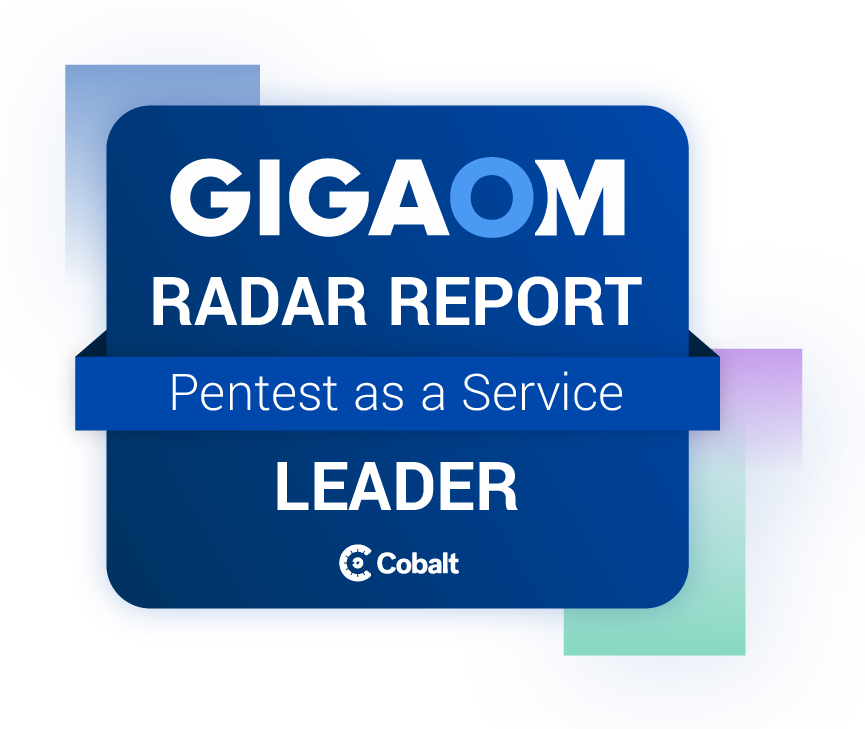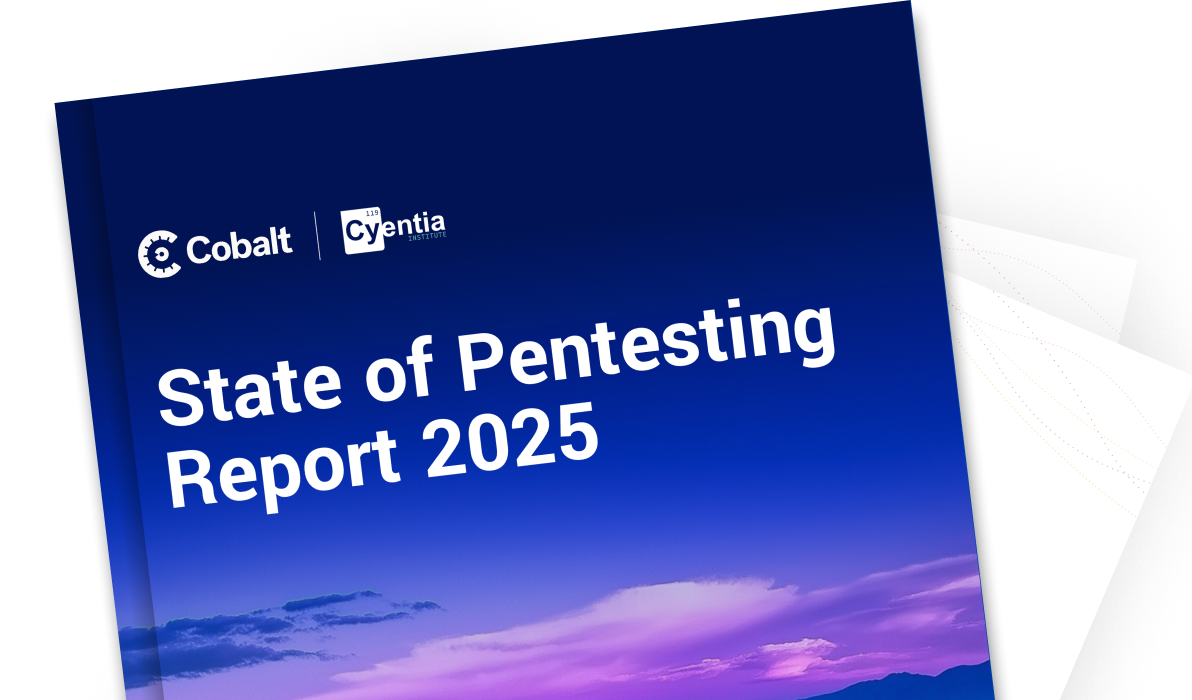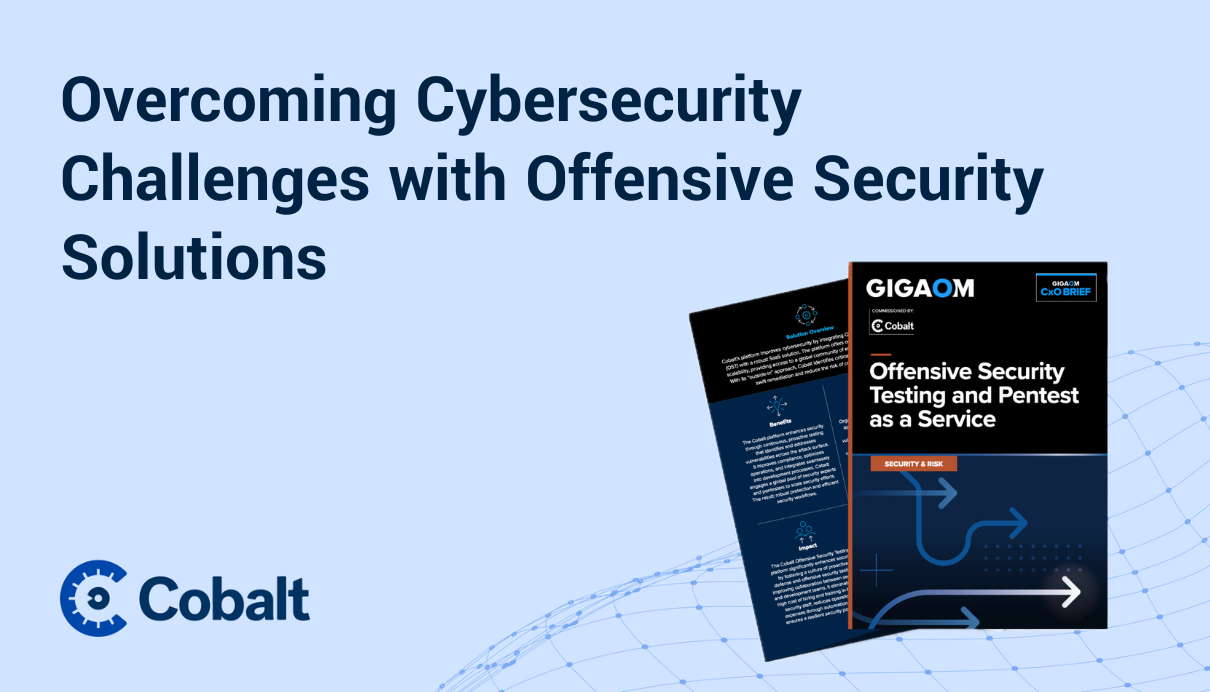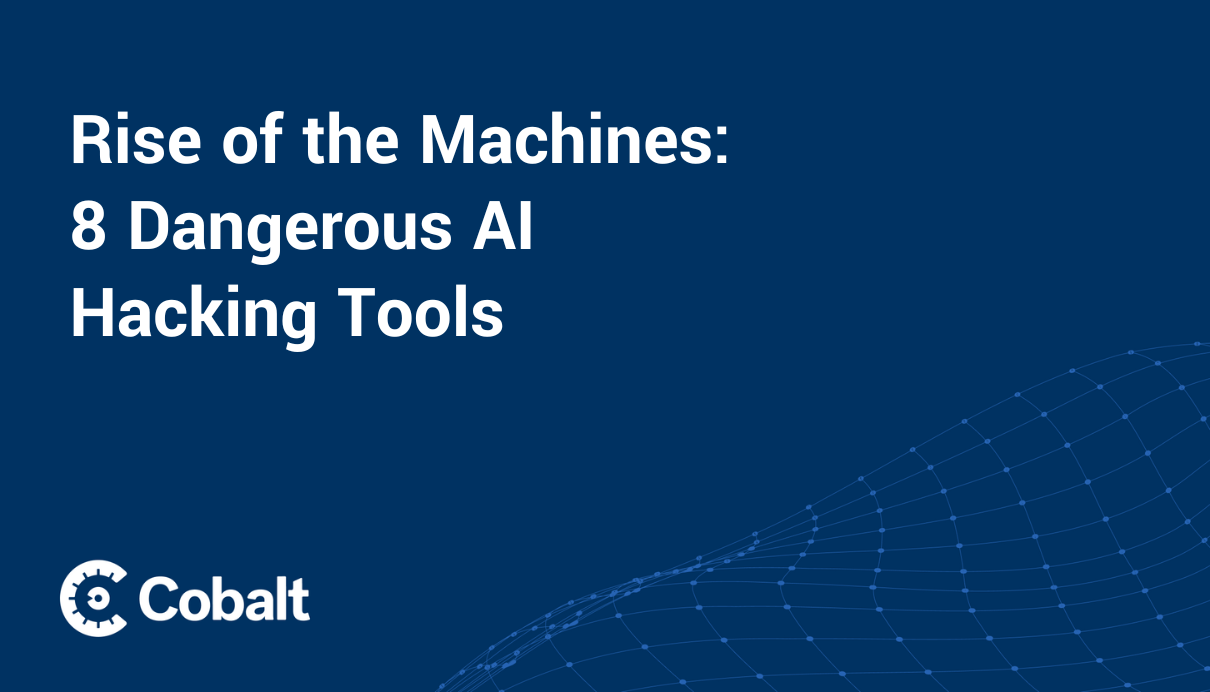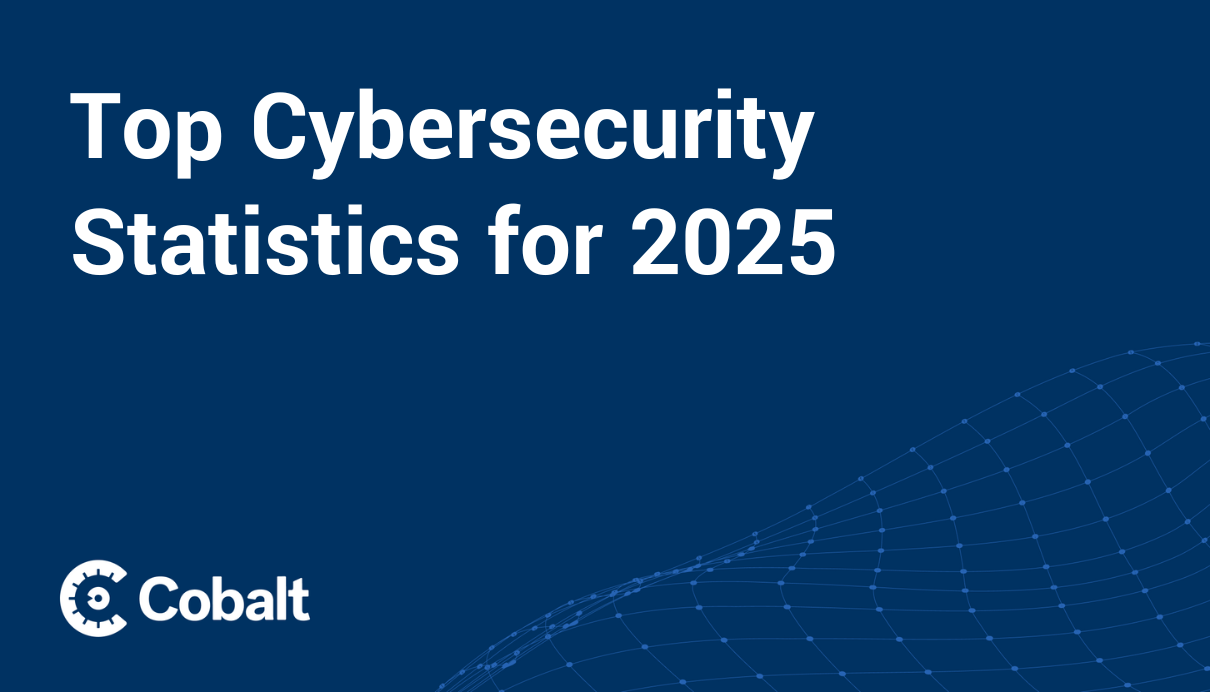As the new year approaches, explore the cybersecurity landscape of 2024 with different members of the Cobalt leadership team.
We compiled a variety of cybersecurity predictions for 2024 based on the trends that matter including:
- AI's growing role
- Emerging security regulations
- Critical need for cyber resilience.
Let’s explore an overview of what to expect and how to prepare for the year ahead in cybersecurity.
Caroline Wong, Chief Strategy Officer at Cobalt
The cybersecurity landscape of 2024 is set to be defined by three pivotal developments: new SEC regulations requiring transparency in risk management, a surge in sophisticated cyberattacks informed by artificial intelligence, and the strain on security teams due to ongoing budget cuts and layoffs.
These factors converge to create a challenging environment where the need for robust cybersecurity measures is more critical than ever. Let’s take a closer look at three predictions from Caroline Wong.
New SEC Regulations
New SEC rules will elevate the importance of cybersecurity programs at the highest levels of management for public companies.
Recognizing the significance of cybersecurity in the investment landscape, the Securities and Exchange Commission (SEC) has proposed a new disclosure requirement that aims to enhance transparency and accountability regarding companies' cyber risk processes.
As adopted, 17 CFR 229.106(b)(1) (Regulation S-K “Item 106(b)(1)”) requires a description of “the registrant’s processes, if any, for assessing, identifying, and managing material risks from cybersecurity threats in sufficient detail for a reasonable investor to understand those processes.”
The proposed disclosure requirement by the SEC emphasizes the importance of companies sharing detailed information about their cybersecurity processes for managing risk with investors and stakeholders. This requirement seeks to foster transparency and accountability by ensuring that companies provide comprehensive insights into their approach to managing material cyber risks. By disclosing their cybersecurity practices, companies can demonstrate their commitment to protecting sensitive customer information, mitigating cyber threats, and maintaining the trust of investors.
Recently, the SEC claims that SolarWinds misled investors by failing to disclose cybersecurity risk.
Increase in Damaging Breaches
There’s going to be breaches. They’re going to be bad. These will be informed by OSINT techniques leveraged by attackers.
Some of this has to do with sloppy practices on the part of company employees and also those organizations programmatically. Various sensitive and confidential data about any given organization is available publicly to anyone with an internet connection. From social media posts to breached email address and password combinations, the more information an attacker can gather to inform their plan of attack, the more effective and pervasive their attack is likely to be.
In 2024, we will see more organizations who suffer as a result of these OSINT-informed malicious attacks.
As the year unfolds, the interplay between regulatory pressures, escalating cyber threats, and resource constraints will test the resilience of organizations. To stay ahead, companies must prioritize effective risk disclosure, anticipate and mitigate sophisticated breaches, and optimize their cybersecurity operations despite financial and personnel limitations.
Budget cuts and layoffs are going to continue to affect security team sizes and investment.
In 2024 we’re going to see a cultural shift among cybersecurity professionals. Throughout 2023, many teams were affected by budget cuts and layoffs -- resulting in a situation where folks were encouraged to do more with less. This has a dual implication for the future:
- Folks are getting burnt out and they are struggling to prioritize their work. Security activities are not going to be at the same level as when they had greater investment. Security controls will have gaps and known vulnerabilities will fail to be addressed.
- We may see a few instances of insider threat in cases where individuals might have a personal economic motivation for exploiting their access to sensitive company information.
As the year unfolds, the interplay between regulatory pressures, escalating cyber threats, and resource constraints will test the resilience of organizations. To stay ahead, companies must prioritize effective risk disclosure, anticipate and mitigate sophisticated breaches, and optimize their cybersecurity operations despite financial and personnel limitations.
Andrew Obadiaru - CISO at Cobalt
As we look to 2024, two critical trends are poised to dominate the cybersecurity conversation: the imperative of cyber resilience and the escalating role of AI.
Organizations are recognizing that breaches are inevitable, shifting their focus to rapid recovery and robust response strategies. Concurrently, the arms race between cyber defenders and attackers intensifies with the adoption of AI and machine learning, promising both advanced threats and innovative defense mechanisms.
Increased Focus on Cyber Resilience
Security professionals and leaders are coming to terms with the fact that it's no longer a question of "if" but when will their applications or environment be compromised or breached.
The more resilient your systems and processes are the quicker you can bounce back from a cyber attack. Cyber resilience is an organization's ability to quickly respond and recover from Cyber threats. This realization I predict will force a number organizations in 2024 to focus on Cyber Resilience.
AI in Cybersecurity
I predict we will see increased reliance on AI. Both defenders and attackers are expected to utilize intelligence (AI) and machine learning (ML) in their strategies. AI driven attacks may become more focused and harder to detect.
Consequently the use of AI in cybersecurity defense mechanisms becomes essential. Expectations are that ransomware attacks will continue to evolve in 2024. Adopting tactics, techniques and procedures (TTPs). This means they will target infrastructure, environments and employ sophisticated evasion techniques leveraging AI tools like ChartGPT.
The year ahead will demand a dual focus on fortifying cyber resilience and harnessing the power of AI for cybersecurity. As organizations brace for more sophisticated ransomware attacks and AI-driven threats, the ability to adapt and respond swiftly will be paramount. Embracing these challenges and opportunities will be crucial for safeguarding digital assets in an increasingly volatile cyber landscape.
Adam Lundqvist - Director of Engineering
As we step into 2024, the cybersecurity landscape is undergoing a transformative shift. The key driver of this evolution is the integration of autonomous AI agents based on Large Language Models (LLMs) like GPT-4. An Autonomous Agent is essentially a LLM paired with software tools built into a software system that utilizes the reasoning capabilities of the LLM to work towards a goal. These technological marvels are not only enhancing our capabilities but also altering the very fabric of digital security.
The Rise of AI-Enhanced Cyber Threats
The coming year will mark a notable upsurge in automated and AI-enhanced hacking tools, which will significantly increase both the rate and complexity of attacks. These sophisticated tools are also becoming easily accessible, empowering even those with minimal hacking expertise, commonly known as "Script Kiddies," to execute high-level cyber-attacks. In response, cybersecurity defenses must also evolve, adopting equally automated and intelligent systems to counter these threats effectively.
Simultaneously, the advent of realistic deep fakes challenges our trust in digital media. The ability to create convincing fake audio, video, and images using AI technologies will lead to a spike in deceptive practices and disinformation campaigns, making the discernment of truth in digital media more challenging than ever. This necessitates a reevaluation of our trust frameworks in digital media.
Integration of AI unveils new risks
AI will not only become a core component in products and software but will also be increasingly integrated with multiple other systems. This extensive integration heightens the risks, as vulnerabilities in one system can potentially expose others. The ubiquity of AI brings forth new threats, including supply chain attacks on AI training data and unique challenges during AI's operational phase, such as prompt hacking. Protecting against these emerging risks requires a comprehensive approach that encompasses both the data and the AI models.
In conclusion, 2024 is set to be a landmark year in cybersecurity, marked by the rapid evolution of threats and defenses in the AI arena. As AI technologies become more autonomous and ingrained in our digital infrastructure, they bring both unparalleled advantages and unprecedented security challenges. The cybersecurity community must remain vigilant and adaptive, continuously evolving to safeguard the integrity of our increasingly AI-integrated world.
In summary, 2024 heralds a critical period for cybersecurity, with the Cobalt leadership team highlighting the necessity for transparency, resilience, and advanced AI defenses. As organizations confront new SEC regulations, sophisticated cyberattacks, and the integration of AI across digital platforms, the need for proactive and robust security strategies has never been more pressing. The collective insights from Cobalt's experts underscore the urgency for businesses to adapt, innovate, and remain vigilant to protect their digital ecosystems in an era where cyber threats are constantly evolving.
